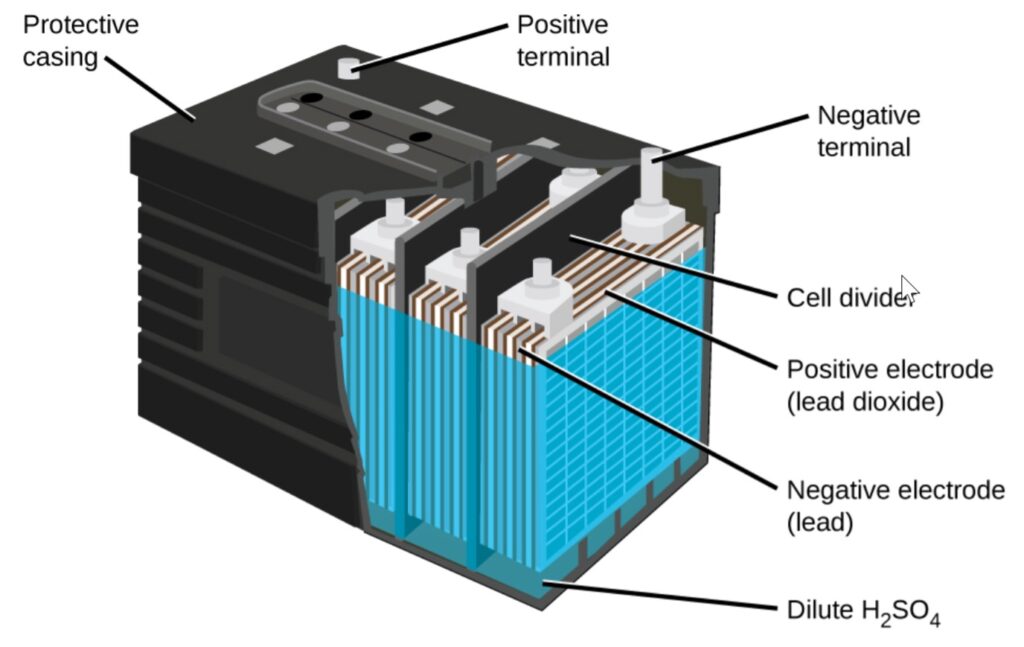The weight of a lead-acid battery is not necessarily an indicator of its quality. While it’s true that larger batteries with higher capacity tend to weigh more due to the additional lead and electrolyte required, the quality of a battery is determined by several factors, including its design, construction, materials, and manufacturing processes. Here are some factors to consider when evaluating the quality of a lead-acid battery.
- Construction: A well-constructed battery with robust internal components and solid connections is more likely to have a longer lifespan and better performance.
- Plate Material: The quality of the lead plates inside the battery can vary. Batteries with thicker, higher-quality lead plates tend to have better performance and longer lifespans.
- Electrolyte: The quality and purity of the electrolyte solution can affect the battery’s performance and longevity. High-quality batteries use pure sulfuric acid and distilled water.
- Sealed or Flooded: Sealed lead-acid batteries (SLA) are maintenance-free and have a longer lifespan compared to flooded lead-acid batteries, which require periodic maintenance.
- Brand Reputation: Batteries from reputable brands with a history of producing reliable products are more likely to be of higher quality.
- Price: While price alone is not a reliable indicator of quality, excessively cheap batteries may be of lower quality and may not provide the performance or reliability you need.
When choosing a lead-acid battery, it’s essential to consider your specific requirements, such as the required capacity, voltage, and application.


